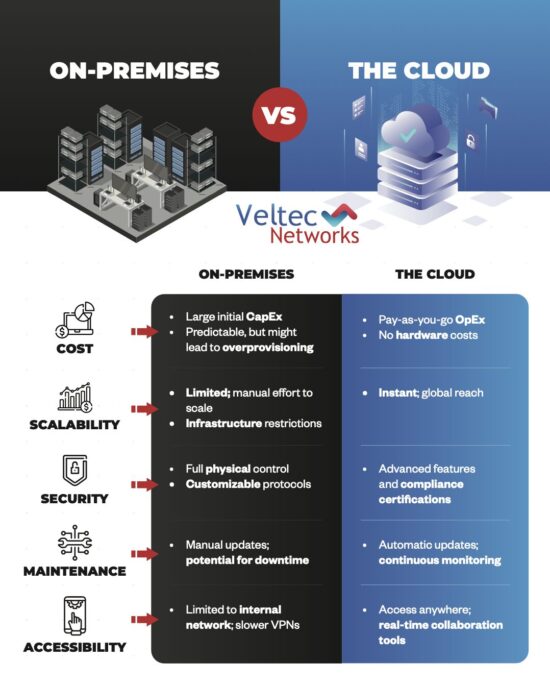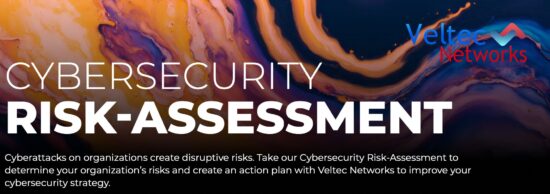How to Prevent Data Breaches in the Healthcare Industry
Does the thought of a data breach keep you up at night? Learn five proven methods you can implement now to help prevent and respond to cybersecurity attacks.
Studies show that the majority of data breaches are perpetrated by individuals with internal access to an organization’s computer resources. The reasons range from curiosity and financial gain to convenience. Curiosity represents 31 percent of the cases, financial gain represents 48 percent, and convenience represents 10 percent. Organizations in the health care industry are especially at risk, with 77 percent reporting one within 2018 alone. In 2017, health care firms represented 23 percent of all data breaches.
Preventing and guarding against data breaches require thorough planning, analysis, and the coordination of external and internal resources. While the Cybersecurity and Infrastructure Security Act of 2018 was enacted to help public agencies protect .gov networks, leaders in private enterprises are responsible for defending their own networks against attacks. Many turn to cybersecurity experts to monitor suspicious network activity and shut down potential threats. However, there are five methods technology leaders can use to organize internal resources against cybersecurity threats.
Prioritize Cybersecurity
Making cybersecurity a priority is accomplished by designing a prevention and response strategy. Choosing to design a strategy and assign responsibilities to individuals is an important component of prioritization. Ensuring those individuals have the training and support they need to carry out their assigned tasks is another critical component.
Staff Education
Training employees on phishing tactics, what emails with attachments containing malware look like, and social engineering tactics can go a long way in preventing attacks. Teach employees about spoof emails and suspicious requests for financial information or access to the company’s finances. Hold internal training and informative sessions or hire a vendor that specializes in cybersecurity prevention.
Implement Backups
Have your technology team backup your organization’s data. Ensure the backup is directed towards an offline location or even an offsite location that is not connected to your firm’s main network. It is also critical to create and implement policies related to who has access to data backups and when it is appropriate to access that data.
Evaluation of Vendors
Examine the vendors that have access to the firm’s computer systems, networks, and data. Conduct background checks on any potential vendors and evaluate whether these vendors have experience with cybersecurity prevention measures. Create policies on which vendors are authorized to have access to certain resources, as well as policies that ensure there is internal oversight for vendor performance.
Audits
Perhaps one of the most critical prevention methods is performing internal audits. This includes penetration testing to determine vulnerabilities and ways unauthorized access could occur. Audits should also evaluate the company’s response methods and strategies to cybersecurity incidents. Opportunities for improvements should be documented and then acted upon as quickly as possible. These types of audits should happen periodically on a regular schedule.
Preventing cybersecurity attacks takes detailed planning and training. Ignoring the occurrence of data breaches and the potential vulnerabilities in an organization is simply not an option. While planning and training are crucial first steps, so are response implementation and continuous assessments of current strategies.






